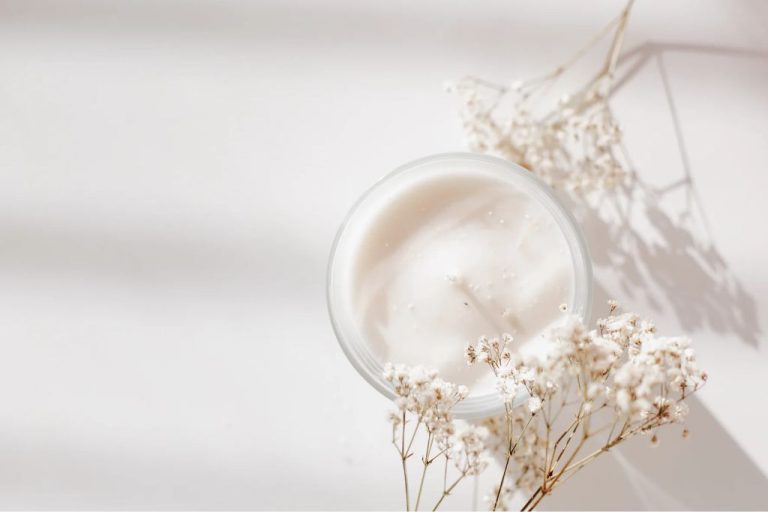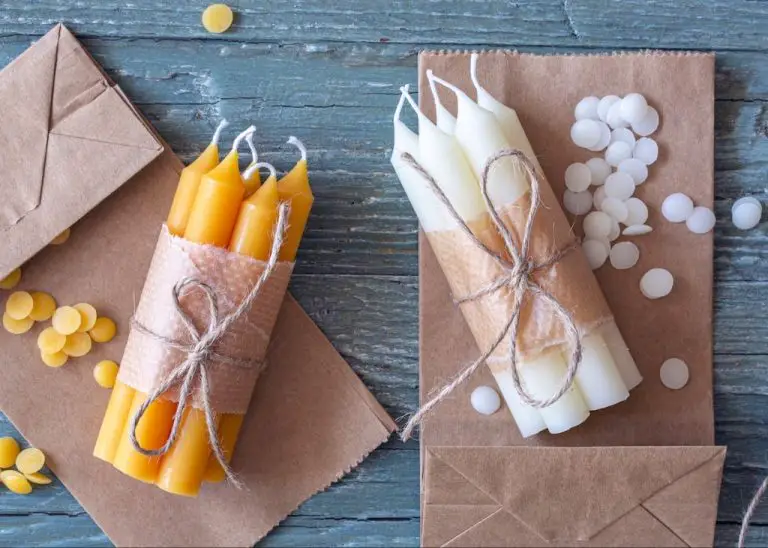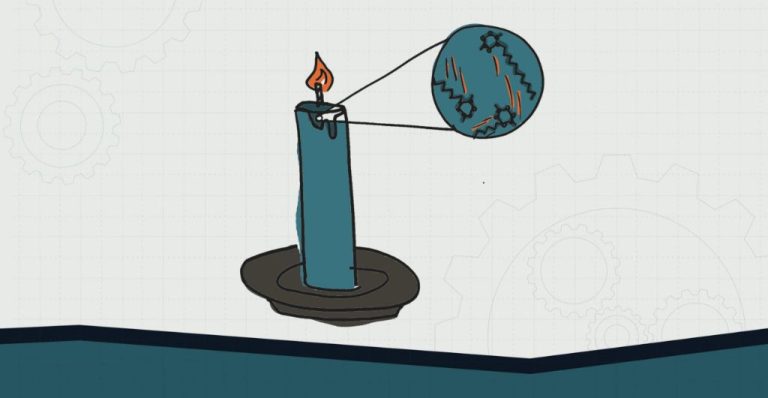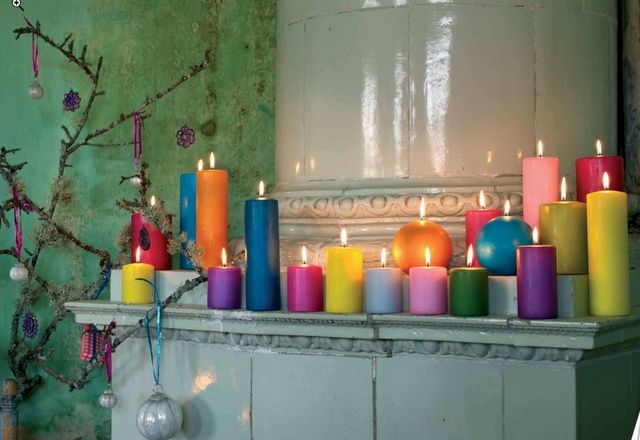How Many Cups Of Wax For 8Oz Candle?
Candle making is a fun and creative hobby that has been around for centuries. An important part of the candle making process is calculating how much wax you need for the candle container you are using. The amount of wax needed depends on the size and shape of the container. Knowing how to properly measure and calculate wax for different candle sizes is crucial to making well-constructed candles that burn evenly and safely.
For an 8 ounce candle in particular, you need to figure out how many cups of wax are required to fill the container to the appropriate level. The type of wax used, either paraffin, soy, beeswax, or a blend, is also a factor. This guide will walk through the key considerations and provide a formula for determining how many cups of wax are ideal for an 8 ounce candle.
Candle Sizes
Candles come in a wide variety of standard sizes and shapes. Some common ones include:
4 oz candles: These are small candles, usually around 2-3 inches in diameter and 2-3 inches tall. They burn for around 18-24 hours.
6 oz candles: Slightly larger, around 2.5-3 inches in diameter and 2.5-3.5 inches tall. They provide around 24-30 hours of burn time.
8 oz candles: A popular mid-size candle, approximately 3-3.5 inches in diameter and 3-4 inches tall. They burn for 30-40 hours typically.
10 oz candles: Large candles that are around 3.5-4 inches in diameter and 3.5-4.5 inches tall with 35-45 hours of burn time.
12 oz candles: Extra large candles measuring 4-5 inches in diameter and 4-5 inches in height. They provide 40-50+ hours of burn time.
Knowing the standard candle sizes can help determine how much wax is needed and the proper container size when making candles from scratch.
Wax Density
Different types of candle wax have different densities, which impacts the volume of wax needed for a candle. The main types of candle wax include paraffin, soy, beeswax, and palm wax. Paraffin wax has a density around 0.9 g/cm3, while soy wax is less dense at around 0.85 g/cm3. Beeswax has a higher density around 0.96 g/cm3, and palm wax around 0.98 g/cm3. The density determines how many grams of a wax are needed to fill a given volume. A less dense wax like soy requires more volume than a denser wax like paraffin to achieve the same candle weight. When calculating how much wax you need, make sure to account for the specific density of the type of wax you will be using.
For example, if making an 8 oz candle with paraffin wax versus soy wax, you would need a different volume of each to reach 8 oz due to the difference in densities. Knowing the precise density allows you to accurately convert between the weight and volume of wax needed for any candle size.
Wax Volume Needed
To calculate the volume of wax needed for a candle, you’ll need to know the volume of the container the candle will be poured into. Here are some formulas to determine wax volume based on container size:
For a standard cylindrical container, the formula is:
Wax volume (oz) = π x radius2 x height
So for an 8 oz candle with a radius of 2 inches and height of 3 inches, the calculation would be:
Wax volume = π x 22 x 3 = 12.57 oz
For more complex container shapes, you can calculate the volume by measuring water displacement. Fill the empty container with water, measuring how much water it takes to fill it. That water volume equals the wax volume needed.
There are also online wax calculators that allow you to input dimensions of cylindrical, spherical, or rectangular containers to determine volume.
In general, allow for 10-15% extra wax volume to account for pouring loss and shrinkage as the wax cools. So for an 8 oz candle, using 9-9.5 oz of wax is recommended.
Cups of Wax
To determine how many cups of wax are needed for an 8 oz candle, we first need to calculate the volume of wax required. For an 8 oz candle, the volume needed is approximately 237 ml or 1 cup, since 1 cup is equivalent to approximately 237 ml. The density of wax can vary based on the type of wax used. Common candlemaking waxes like paraffin, soy, and beeswax have densities ranging from around 0.9 g/ml to 1 g/ml (Soy wax weight to volume conversion, Soy wax volume to weight conversion).
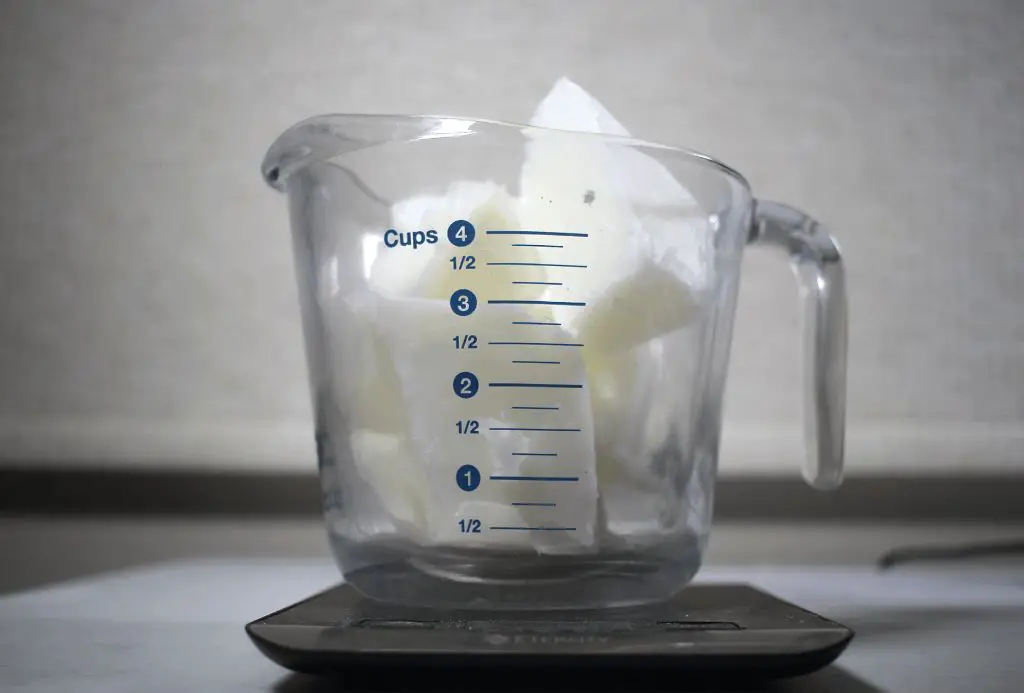
Since most waxes used for candlemaking have densities right around 1 g/ml, we can estimate that 1 cup (237 ml) of wax will be needed for an 8 oz (237 ml) candle. The number of cups needed scales linearly based on the volume and desired candle size. A 16 oz candle would need 2 cups of wax, a 24 oz candle would need 3 cups, and so on.
The type of wax used can slightly alter the density and cups of wax needed. But for most candlemaking purposes, assuming 1 cup of wax per 8 oz of candle is a good starting estimate.
Wax Type Variations
The amount of wax needed for an 8 oz candle can vary depending on the type of wax used. Two common candle waxes are soy wax and paraffin wax. Soy wax is generally more dense and requires a greater volume than paraffin wax to achieve the same candle weight. According to Lonestar Candle Supply Soy Wax vs. Paraffin Wax and The Harlem Candle Company The Difference Between Soy Wax and Paraffin Wax Candles, soy wax has a higher molecular density than paraffin wax. This increased density means more soy wax is needed per candle volume compared to paraffin. For an 8 oz candle, you may need around 10-12 oz by volume of soy wax versus only 8-9 oz by volume of paraffin to account for the density difference.
When measuring wax for candles, it’s important to know the type of wax you are working with. The wax volume measurements may need adjusting upwards for denser waxes like soy to achieve the desired candle weight. Consulting the manufacturer’s recommendations can provide wax volume guidelines tailored for that specific wax’s density.
Measuring Wax
Properly measuring out the wax is a crucial step in candle making. Here are some tips for getting it right:
Use a digital kitchen scale for the most accurate measurements. Make sure to tare or zero out the scale before adding wax. Measuring by volume with cups can be inconsistent.1
Melt the wax before measuring it. Solid wax can be compressed so melting provides a more precise amount.2
Allow melted wax to cool slightly before pouring it into the container for measuring. Very hot wax may continue melting the container and throw off your measurements.
Use a sturdy liquid measuring cup, ideally with spout. Glass Pyrex cups are a popular choice for their durability.
Make sure you have enough headspace in the measuring container as wax expands when melting.
Measure wax in a draft-free area. Air currents can accelerate cooling and hardening of wax.
Always use clean, dry tools. Leftover wax residue on tools will distort the amounts.
Take notes and keep count while measuring batches of wax. it’s easy to lose track!
Extra Wax
It’s recommended to add 10-15% more wax than the volume of the container when making candles. This extra wax accounts for the loss of wax during the candle burning process. As the candle burns, the wax liquefies, is absorbed into the wick, and undergoes combustion. This results in some of the original solid wax mass being lost. According to ThoughtCo, wax can be lost due to the wick retaining melted wax, wax sticking to the side of the jar, or wax evaporating. So adding a bit more wax than the exact container volume helps ensure the candle lasts through the full burn.
The amount of extra wax depends on the type of wax used. Natural waxes like soy wax or beeswax tend to need more extra wax added. Paraffin wax, a petroleum-based wax, needs slightly less. But 10-15% extra is a good general guideline when making candles from any wax type. This helps account for the wax loss and prevents the candle from creating empty pockets or tunnels too early. With the right amount of extra wax, the candle should provide an even burn and complete melt pool.
Other Candle Making Ticks
When making candles, it’s important to pay attention to details like wick size, fragrance amount, and curing to ensure you end up with a high-quality candle. Selecting the proper wick thickness for the candle diameter is crucial for getting a good burn. As a general rule, use a larger wick for wider candles. Most candle makers recommend using cotton or paper cored wicks and recommend testing different wick sizes to find the optimal one for each candle type. When adding fragrance, typical usage rates are 5-10% of the wax weight, but less is sometimes more when it comes to fragrance. Strong scents like citrus or pine are generally used at 3-6%. It’s advised to start low, around 5%, and increase slowly in future batches if a stronger scent is desired. Finally, curing candles after pouring and cooling is a must. Curing by letting candles rest uncovered for at least 48 hours allows any trapped bubbles and moisture to escape, resulting in a smoother burn. According to experts at Stone Candles, a proper cure time can “make the difference between an amateur and professional looking candle.”
Conclusion
To recap, when making candles it is important to calculate the right amount of wax needed based on the candle’s size and the density of the wax you are using. The general guide is to use 1 ounce of wax per hour of burn time. For an 8 ounce candle, plan for 8 ounces of wax as a starting point.
The actual volume of wax in cups required though depends on the density. Paraffin, soy, and beeswax all have slightly different densities. Refer to conversion charts to determine how many cups of a certain wax type you need for 8 ounces. In general, 2 standard cups is a safe starting point.
Make sure to melt extra wax so you have enough to pour and account for wastage. After pouring, allow the candle to cure properly before burning. Now you have the knowledge to calculate wax needed and make perfect candles every time!

